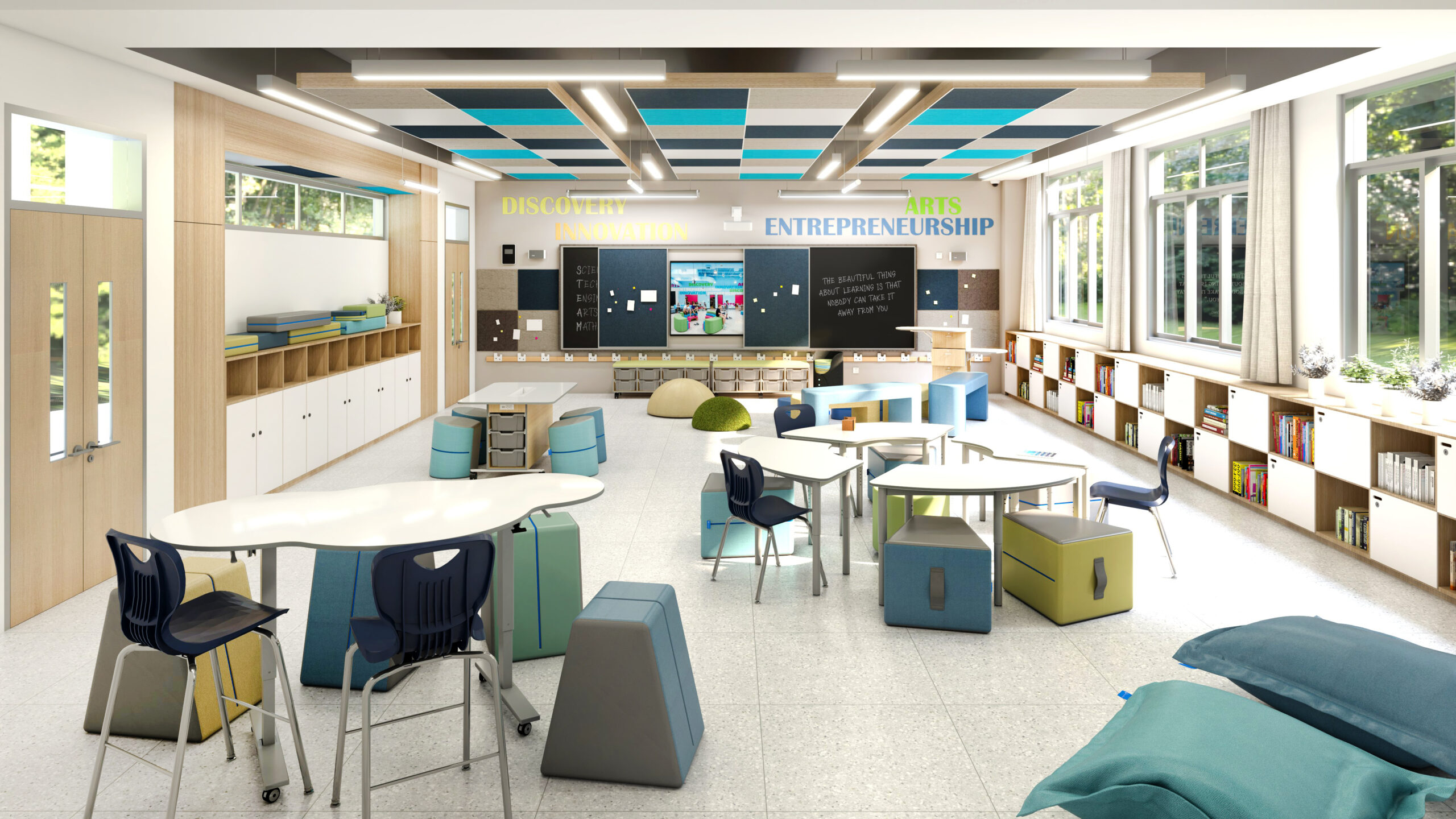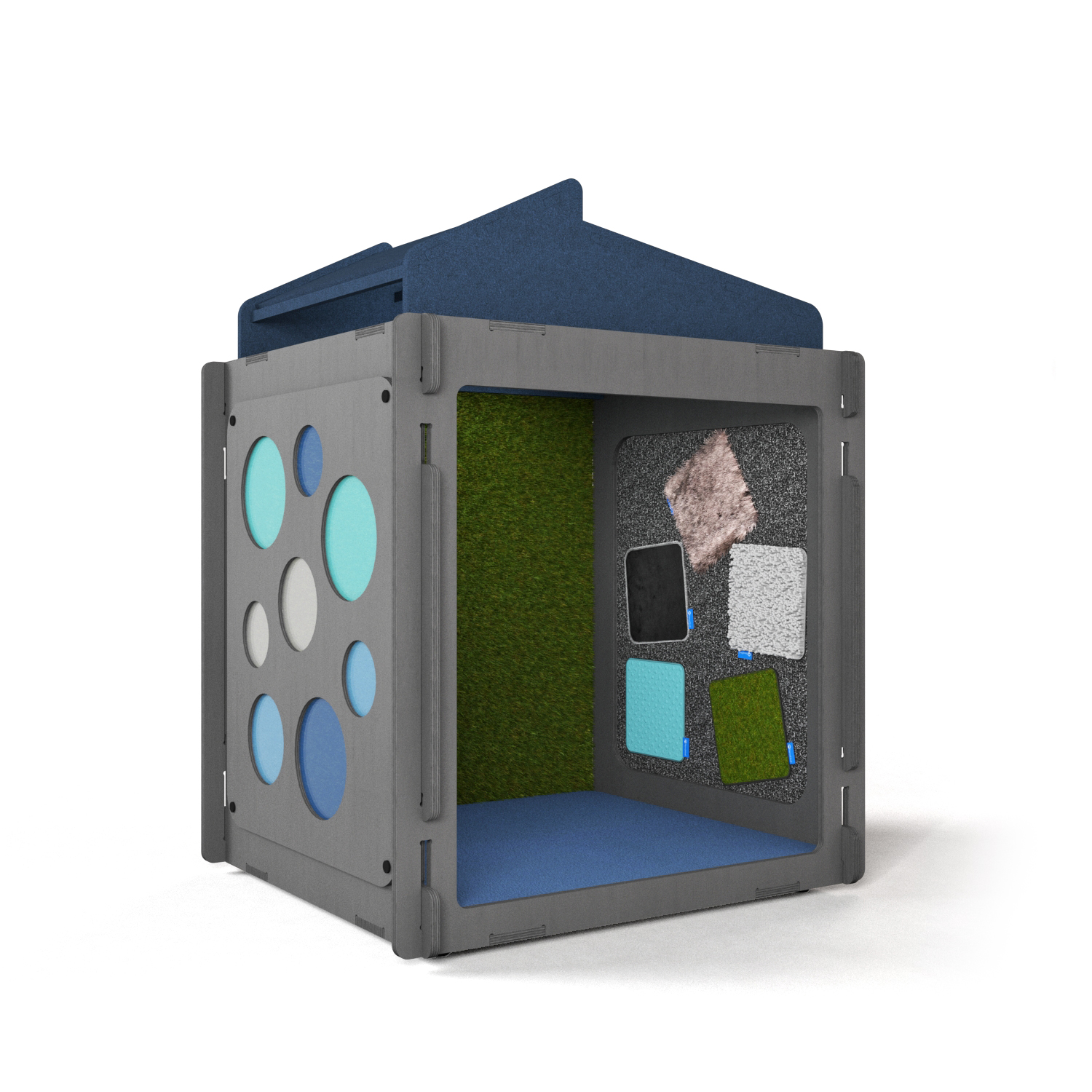Just Another Day
Maya’s fingers traced her Braille textbook as Mrs. Henderson described the diagram on the whiteboard. “As you can see from the chart, the water cycle involves several key processes…”
Maya raised her hand. “Could you describe the arrows and their directions? The textbook just lists the processes, but I’m not sure how they connect.”
A few students turned, and Maya felt the familiar heat of unwanted attention. Mrs. Henderson walked over and carefully described the diagram step by step. Maya listened intently, building a mental map from the words.
During group work, her partner Jason spread worksheets across their desk. “Um… how do you want to handle this?” he asked, uncertainly.
“I can type our answers if you read me the questions,” Maya suggested. “And you could describe the diagram while I tell you what labels go where.”
As they worked, Maya found herself explaining concepts Jason had missed. When he struggled with condensation versus precipitation, she painted the picture with words, helping him visualize what she couldn’t see herself.
“You really get this stuff,” Jason said as they finished.
Maya smiled, feeling both pride and frustration. She was capable, but the constant need to adapt was exhausting.
After class, Mrs. Henderson approached. “Maya, I should have provided a tactile version ahead of time. I’ll coordinate better with the resource room.”
Walking the hallway with her white cane, Maya reflected on the morning. The struggles were real—missed visual information, extra steps, moments of isolation. But today had shown her something else: when she helped Jason through detailed explanation, when her careful listening caught details others missed—those weren’t consolation prizes. They were strengths.
The bell rang. Chemistry lab was next, and Mr. Torres would have her materials ready. Some teachers got it, some didn’t, some were learning. Just like she was, every day.
Designing for Opportunities
Design has the power to create multiple pathways for understanding. It creates opportunities to accommodate diverse ways of learning and experiencing the world.
When design meets intentionally—whether it’s a classroom that considers acoustic needs, materials that engage multiple senses, or digital interfaces with accessibility features— problems aren’t just solved for special groups of individuals; richer experiences are cultivated for everyone.
Universal Design (UDL or BD) principles demonstrate this beautifully: curb cuts designed for wheelchairs benefit parents with strollers, delivery workers, and travelers with luggage. Similarly, when educators design lessons with visual, auditory, and tactile elements, or when architects create spaces with clear navigation and varied lighting…
…the design isn’t accommodating limitations—it’s recognizing that human diversity is a strength that requires thoughtful consideration to unlock.
The Anticipation of Design
Good design anticipates…
- Different Needs
- Learning Styles
- Abilities
It develops environments where understanding can flourish through multiple channels rather than forcing everyone through a single, narrow doorway of access.

Key Design Systems
Redundant Information Systems: Well-designed environments provide the same information through various sensory channels—visual displays paired with audio descriptions, tactile elements that reinforce visual concepts, and written materials that complement spoken instruction.
This redundancy ensures that if one pathway is blocked or less accessible, others remain open.
Flexible Infrastructure: Physical and digital spaces are designed with adaptability built-in—adjustable lighting and acoustics, moveable furniture that can accommodate different learning configurations, and technology interfaces that can be customized for individual needs. This flexibility allows the environment to reshape itself around the user rather than forcing the user to adapt to constraints.
Intuitive Navigation: Good design creates clear, logical pathways through information and space using consistent patterns, landmarks, and multiple wayfinding systems. Whether someone navigates through sight, sound, touch, or cognitive mapping, the environment provides reliable cues and alternative routes to reach the same destination.
Anticipatory Problem-Solving: Rather than retrofitting accessibility as an afterthought, needs-based design anticipates diverse needs from the planning stage. This proactive approach eliminates the bottlenecks and barriers that create those “narrow doorways,” instead building multiple entry points and pathways from the ground up.
The result is an ecosystem where understanding becomes democratized—accessible not just to those who fit a narrow default, but to the full spectrum of human ways of learning, processing, and engaging with information.
Tiny Room, Big Impact
Purposeful furniture transforms learning spaces from static environments into dynamic tools for education, creating profound impacts on engagement, comfort, and overall success.
When furniture is thoughtfully selected and arranged it actively supports diverse learning needs rather than constraining them. Beyond physical comfort, intentional furniture choices signal respect for individual agency, creating psychological safety that encourages participation and risk-taking from both learners and facilitators.
When individuals can move seamlessly inside their space and experience safe information intake, the physical environment becomes an active partner in learning rather than a barrier to overcome.
This fundamentally expands the ways individuals can access, process, and demonstrate their understanding.

The Sound of…
Maya’s experience varies depending on the preparations of her facilitators. Imagine a whole space designed through a needs-based lens and adapted for all learning profiles. How different would Maya’s self, academic, social, and physical experiences be?


